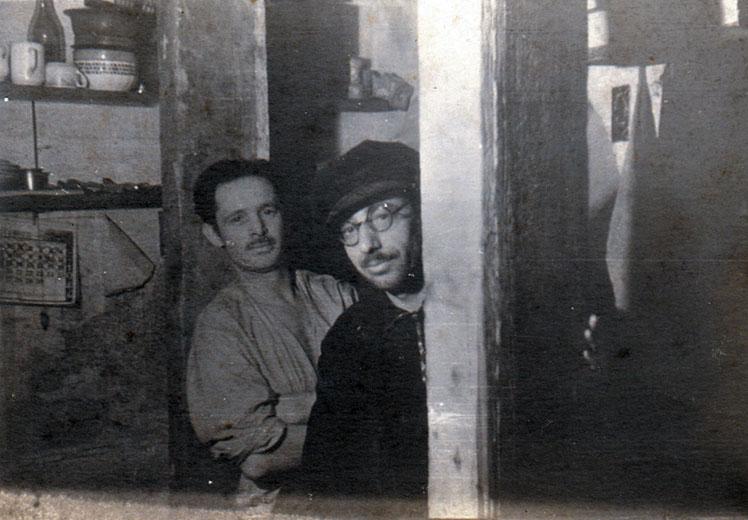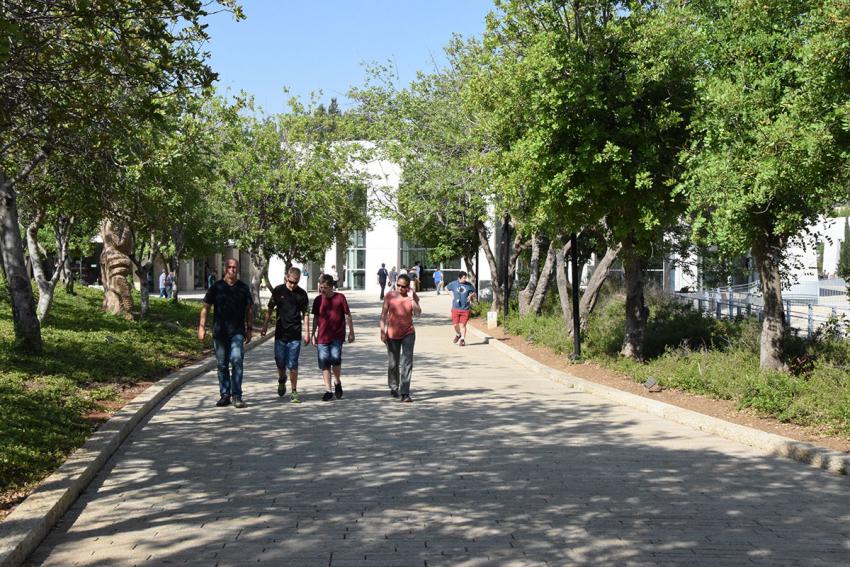The Righteous Among the Nations, honored by Yad Vashem, are non-Jews who took great risks to save Jews during the Holocaust. Rescue took many forms and the Righteous came from different nations, religions and walks of life. What they had in common was that they protected their Jewish neighbors at a time when hostility and indifference prevailed.
Attitudes towards the Jews during the Holocaust mostly ranged from indifference to hostility. The mainstream watched as their former neighbors were rounded up and killed; some collaborated with the perpetrators; many benefited from the expropriation of the Jews property.In a world of total moral collapse there was a small minority who mustered extraordinary courage to uphold human values. These were...
Continue reading...Hiding Jews in the rescuers' home or on their propertyIn the rural areas in Eastern Europe hideouts or bunkers, as they were called, were dug under houses, cowsheds, barns, where the Jews would be concealed from sight. In addition to the threat of death that hung over the Jews' heads, physical conditions in such dark, cold, airless and crowded places over long periods of time were very hard...
Continue reading...The Avenue of the Righteous Among the Nations was dedicated on Holocaust Remembrance Day, May 1, 1962. The Israeli government was represented by Foreign Minister Golda Meir, and the first eleven trees were planted along the path leading to the Hall of Remembrance on the bare hill of the Mount of Remembrance. The trees were placed in the ground by rescuers from different countries as well...
Continue reading...In early years, trees were planted by some of the Righteous or their families on the Mount of Remembrance. Today their names are engraved on the walls of the Garden of the Righteous.
Continue reading...A unique instance of collective rescue took place in the Dutch village of Nieuwlande. In 1942 and 1943 the village inhabitants resolved that every household would hide one Jewish family or at least one Jew. Given the collective nature of the activity, the danger to the village was small – there was no fear of denunciation since all the village dwellers were partners to the "crime"....
Continue reading...More often than not rescuers and rescued came from completely different backgrounds and had very little in common with each other. However the rescuers decision to accept full responsibility for the survival of Jewish outcasts as well as the total dependence of the rescued Jews on their benefactor combined with the stressful circumstances of living clandestinely, created strong bonds between the Righteous...
Continue reading...





